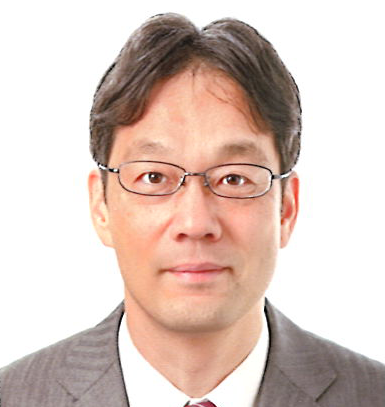Launch of Transformative Area Research
“Hyper-Ordered Structure Science”
Research area representative:
Koichi Hayashi (Nagoya Institute of Technology)

Once, materials science of Japan is one of strong scientific areas, and Japan had led the world’s scientific community in this area. However, recently, its presence has been decreasing rapidly because of the rise of other Asian countries. To overcome this situation, it is important for Japan to venture into unexplored areas of materials science based on analytical technology, in which it is still a world leader.
The basis for the functional properties of various materials is the harmonic phenomena brought about by the combination of the matrix and added elements (dopants). As represented by the innovative research area, “3D Active-Site Science”, of the previous project including the research of point defects in crystals, has progressed, and a better understanding will be achieved in this area.
In the transformative research area, “Hyper-Ordered Structure Science”, we aim to lead the world by developing even more advanced scientific areas. Using our sophisticated quantum beam technologies, it is possible to find nanostructures composed of different elemental dopants and vacancies. Indeed, we have already observed some of them. These nanostructures can be regarded as new elements not listed in the periodic table. A new dimension of functional properties can be created through different combinations of added elements and the degree of freedom of the configuration.
Another focus of this transformative research area is the extension to amorphous materials. Dopant sites in amorphous materials are not as clearly understood as the so-called substitution or interstitial sites in crystals. This is because the definition of such sites is difficult in amorphous materials, in which atomic arrangements are originally disordered. In this transformative research area, we will attempt the systematization of dopants in amorphous materials using topology analysis. Also, the understanding of hyper-ordered structures will provide guidelines for the future development of glass materials because glass properties correlate with the nanoscale-order, or hyper-ordered, structures, which are features that can be extracted topologically.
Hyper-ordered structures exist in a wide range of material groups, such as dielectrics, functional glasses, zeolites, superconductors, and biomaterials, and can be regarded as a treasure trove of material functionality. In the theoretical approach, large-scale first-principles calculations, which can elucidate the functionality of hyper-ordered structures, and material machine learning, which enables the efficient exploration of hyper-ordered structures, will play significant roles.
We are currently launching transformative area research, “Progressive Condensed Matter Physics Inspired by Hyper-Ordered Structures”, that integrates the measurement techniques used to determine hyper-ordered structures accurately, the theoretical approach to gain a profound understanding of these structures, and the synthetic process used to control them. Our goals are to bring about a new breakthrough in materials science and to enhance the presence of Japan in the world’s scientific community.

